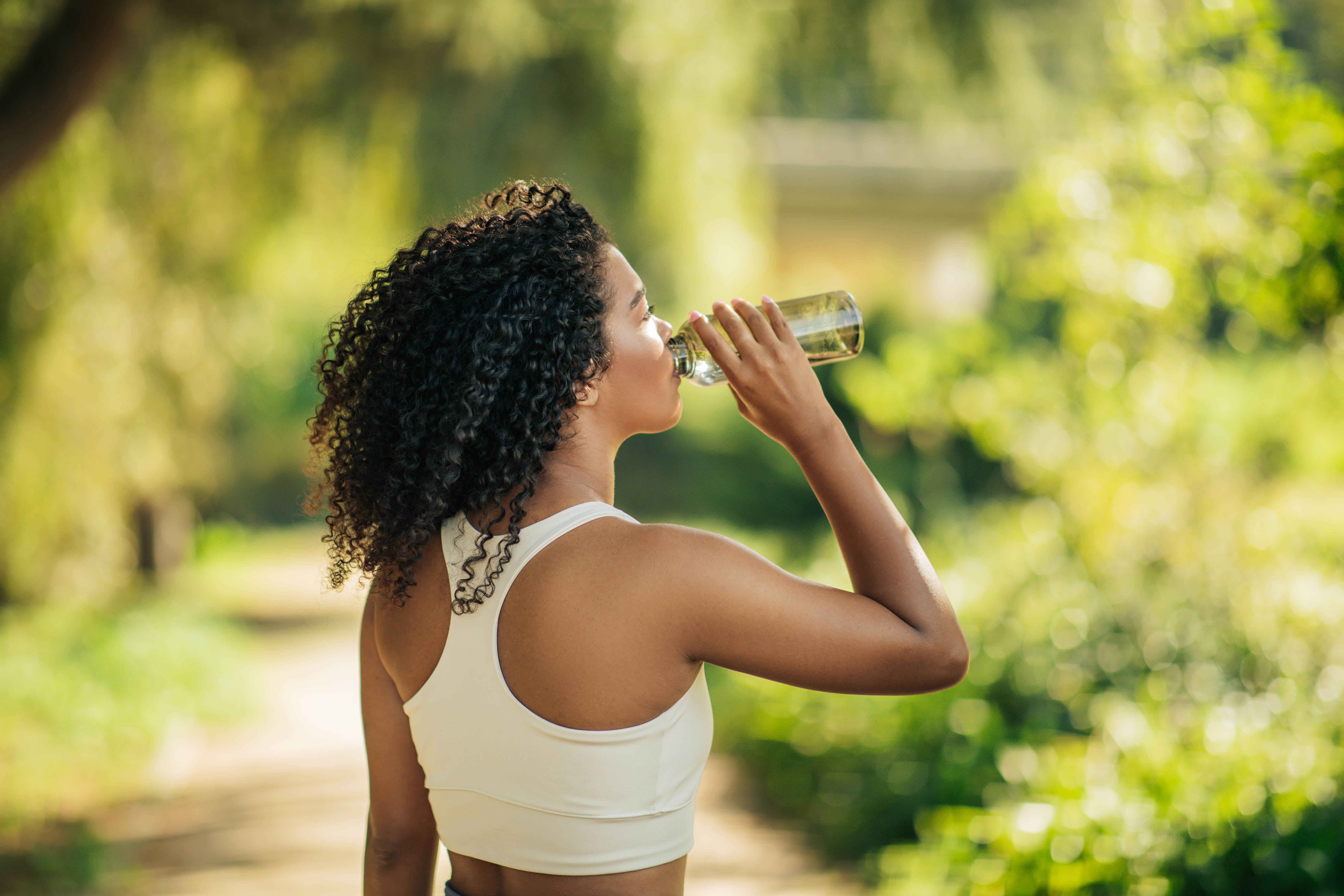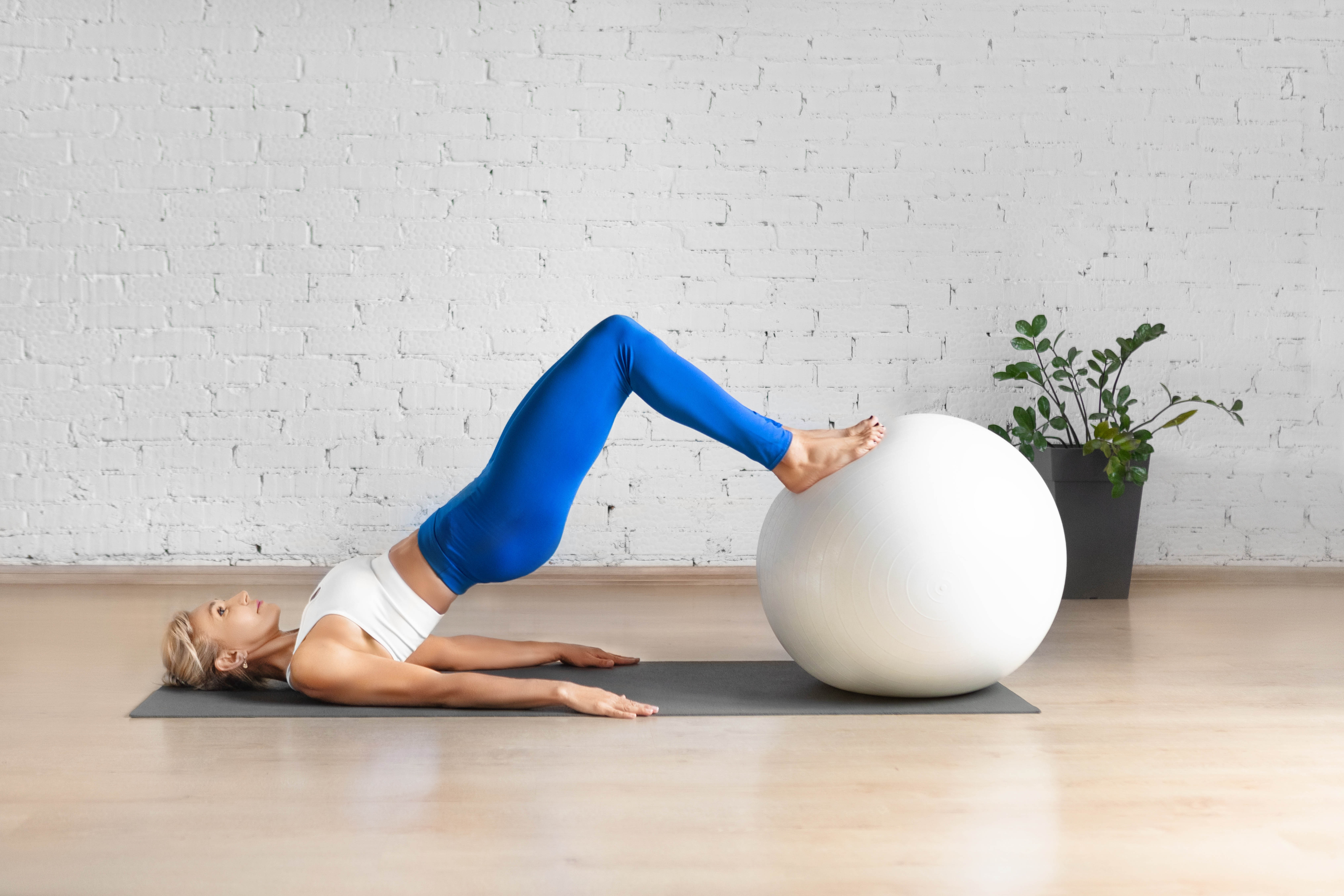The Truth About Bladder Health: Take Control with Confidence
Healthy View

Written by: Joanne Ukposidolo, Registered Physiotherapist and Certified Pelvic Health Specialist, Adelaide Health Clinic
Did you know your bladder is a silent communicator? When something’s off, it speaks up - urgency, frequency, leaks, discomfort - but many of us have learned to ignore those messages or dismiss them as "just getting older" or "just part of being a mom."
The truth? Bladder health is essential to your quality of life, and the good news is, it is never too late - or too early - to start taking care of it.
Whether you're navigating pregnancy, postpartum, perimenopause, or just want to feel more confident in your body, understanding your bladder and how to support it can make all the difference. Even athletes and those who have never had children can experience bladder leaks - this is about function, not just life stage.
Let’s break it down together.
What Does a Healthy Bladder Look Like?
A healthy bladder:
- Empties fully without pain or effort
- Can comfortably hold urine for 2-4 hours during the day
- Doesn't wake you more than once a night (after your mid-20s)
- Allows you to delay urination for a short period without discomfort
- Doesn’t leak with coughing, sneezing, or physical activity
If any of these don’t ring true for you, that’s not a sign of weakness or failure. It’s simply information - and your body asking for support.
Myth Busting: Hydration & the Bladder
One of the biggest misconceptions I hear? “I don’t drink much water because I don’t want to pee more.” Or “More water makes my bladder worse.”
The surprising truth is - not drinking enough water can actually irritate your bladder. When you're dehydrated, your urine becomes more concentrated, which can trigger urgency, frequency, and burning. A well-hydrated bladder is often calmer, more resilient, and better able to function at its best.
Aim for:
- About 1.5 to 2 litres of water per day, depending on your body and activity level.
- Sip throughout the day instead of chugging all at once.
- Notice the colour of your urine - it should be pale yellow, not dark or completely clear.

Common Bladder Symptoms You Don’t Have to “Just Live With”
- Leaking when you laugh, cough, or sneeze
- Feeling like you need to go “just in case” all the time
- Getting up multiple times at night to urinate
- Strong, sudden urges that are hard to control
- Pain or burning when you urinate (not related to infection)
These symptoms may point to stress incontinence, urge incontinence, overactive bladder, or pelvic floor dysfunction - and they are treatable with the right support.
How Pelvic Health Physiotherapy Supports Bladder Health
Think of your bladder as part of a team. It relies on muscles, nerves, posture, breath, and even your lifestyle habits to function well. If even one part of that team is under stress, symptoms can start to show up.
As a pelvic health physiotherapist, here’s what I assess and treat to help optimize bladder health:
- Pelvic floor muscle coordination (not just strength!)
- Bladder habits and frequency patterns
- Postural alignment and pressure management
- Core and breathing mechanics
- Scar tissue from childbirth or surgery
- Nervous system regulation to calm urgency

The best part? It’s not one-size-fits-all. Your care is personalized, gentle, and collaborative. We work together to meet your goals, without shame or pressure.
Bladder-Friendly Habits You Can Start Today
Here are a few simple, evidence-based steps you can take right now:
- Notice the “just in case” trips - Train your bladder to hold, not to panic.
- Lean forward and relax when urinating - No straining.
- Avoid bladder irritants like excessive caffeine, alcohol, or artificial sweeteners if you’re sensitive.
- Breathe deeply during exertion - Don't hold your breath during lifts or exercise. This can increase your intrabdominal pressure.
- Strengthen and lengthen your pelvic floor - With proper guidance, not random Kegels.
Your Bladder Health Is Not Just Physical - It’s Emotional Too
I have had so many women share their fear, shame, and frustration around bladder issues. Some have stopped exercising, avoided intimacy, or turned down social outings because of fear of leaking or discomfort. Please know, you are not alone, and you are not broken.
What you're experiencing is valid - and treatable.
Located in Downtown Toronto? Let’s Work Together
If you’re ready to feel more confident in your body, improve your bladder health, and move through life with ease, I would love to help. Book your pelvic health physiotherapy appointment today! Together we can restore comfort, function, and trust in your body!

About the Author
Joanne Ukposidolo is a pelvic health physiotherapist passionate about supporting women through all life stages—from menstruation to motherhood to menopause and beyond. Let’s build a plan that helps you reconnect with your body, your strength, and your freedom!
Want more information regarding pelvic health?
Book a 15 min complimentary consultation with Joanne Ukposidolo, Registered Physiotherapist and Certified Pelvic Health Specialist. We want you to thrive, not just survive!
Disclaimer
This article is intended for educational and informational purposes only and does not constitute medical advice, diagnosis, or treatment. Every body is different, and bladder or pelvic health concerns should be assessed on an individual basis by a qualified healthcare provider. While bladder symptoms like urgency, frequency, leaking, or discomfort are often related to pelvic floor dysfunction, they can also result from other medical conditions such as urinary tract infections, bladder or kidney stones, neurological disorders, hormonal changes, or bladder tumors. If you are experiencing urinary symptoms or pelvic discomfort, we encourage you to consult with a licensed pelvic health physiotherapist or your primary care provider for a thorough assessment and accurate diagnosis to ensure you receive the care that’s right for you.
References
Funada S, Yoshioka T, Luo Y, Sato A, Akamatsu S, Watanabe N. Bladder training for treating overactive bladder in adults. Cochrane Database Syst Rev. 2023 Oct 9;10(10):CD013571. doi: 10.1002/14651858.CD013571.pub2. PMID: 37811598; PMCID: PMC10561149.
Malinauskas AP, Bressan EFM, de Melo AMZRP, Brasil CA, Lordêlo P, Torelli L. Efficacy of pelvic floor physiotherapy intervention for stress urinary incontinence in postmenopausal women: systematic review. Arch Gynecol Obstet. 2023 Jul;308(1):13-24. doi: 10.1007/s00404-022-06693-z. Epub 2022 Jul 13. PMID: 35831758.
3125